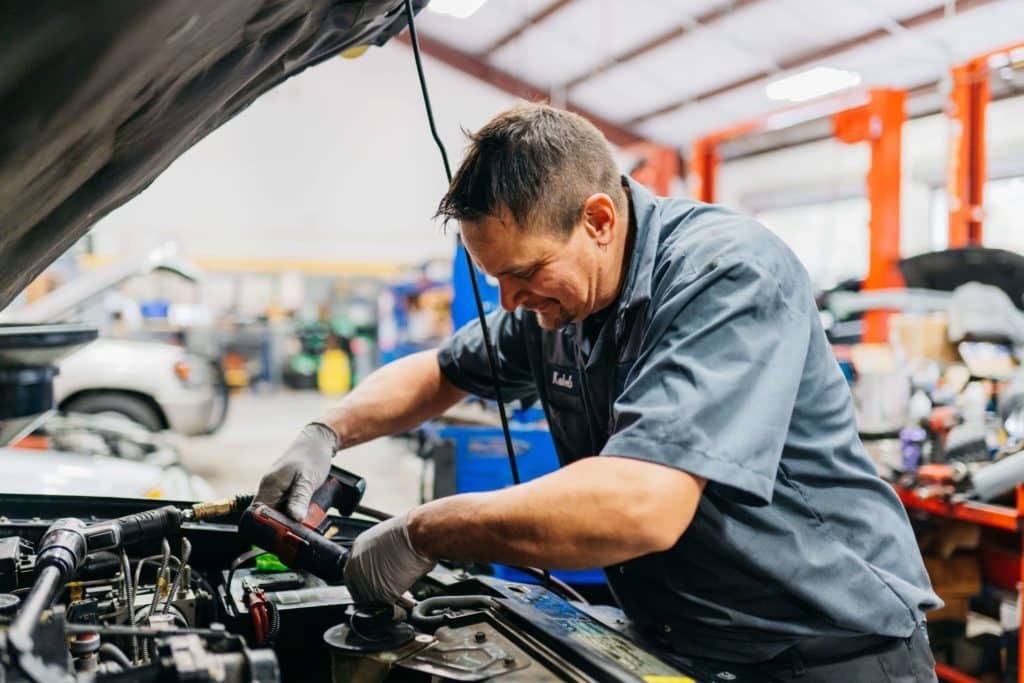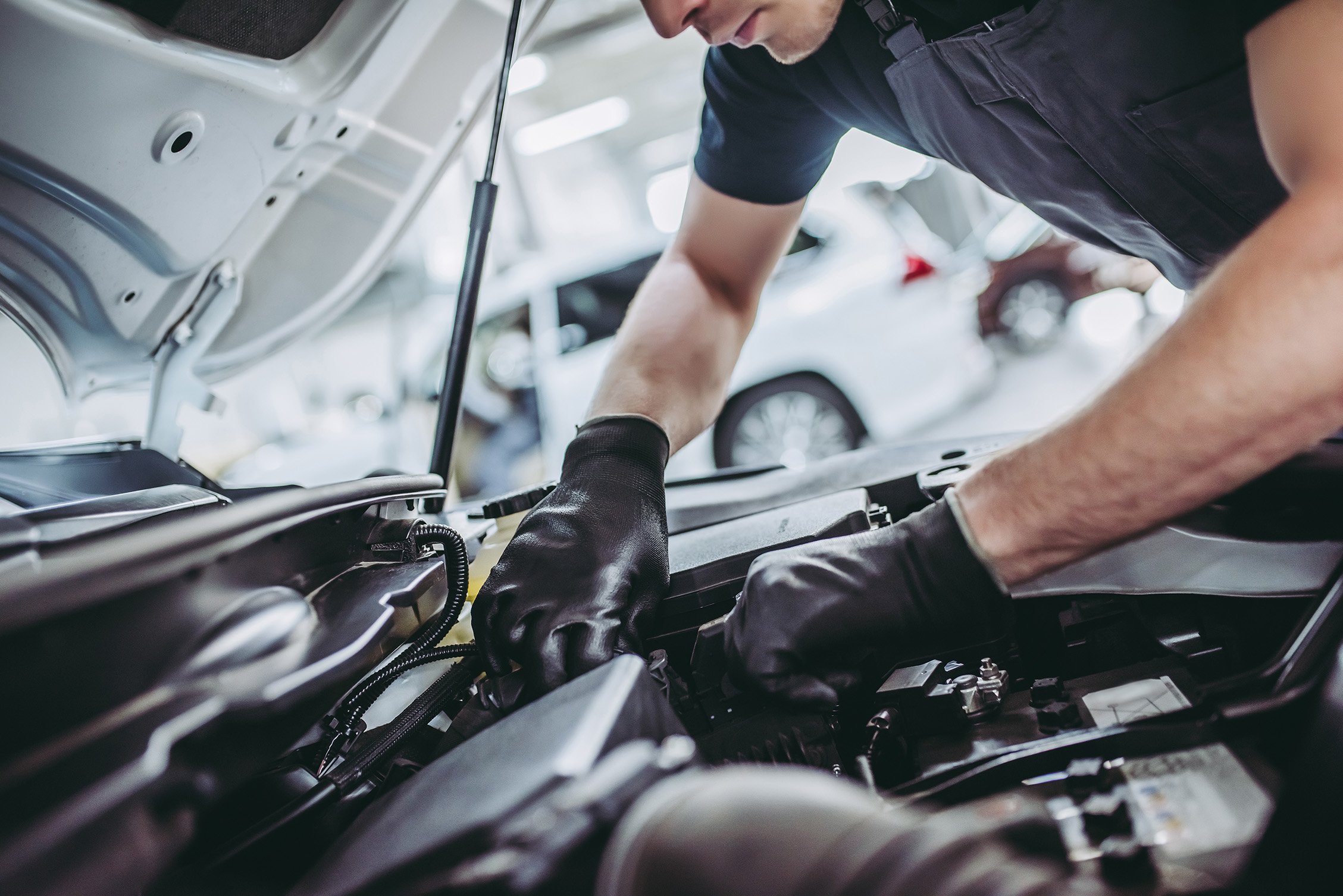All Categories
Featured

When it involves car repair work or upgrades, one of the most essential choices you'll face is whether to select Original Equipment Manufacturer (OEM) parts or aftermarket parts. Both alternatives use distinctive benefits and drawbacks, so recognizing the distinctions in between them is essential for making a notified decision. In this short article, we'll check out the advantages and limitations of OEM and aftermarket parts to aid you decide which is finest matched for your car.
What Are OEM Components? OEM components are created by the exact same producer that made the original elements in your automobile. These parts are created to meet the exact requirements of your car, guaranteeing they are a precise fit and supply the very same efficiency as the parts that featured the vehicle when it was first built. OEM parts are often considered the "manufacturing facility criterion" because they come directly from the cars and truck's producer or a qualified distributor.

One of the main benefits of using OEM parts is their ensured quality. Given that these components are made to the exact same criteria as the originals, they usually provide an ideal fit and dependable efficiency. Furthermore, lots of OEM parts feature a warranty, giving you peace of mind that you'll be secured in situation of problems.
What Are Aftermarket Parts? Aftermarket components are made by third-party suppliers that are not associated with your car's original manufacturer. These parts are created to fit a variety of automobiles and are typically less costly than OEM parts. Aftermarket components can be used for regular repairs or upgrades, and they commonly use a wider series of choices contrasted to OEM parts.

Additionally, aftermarket components may give much better performance or additional functions not available in OEM alternatives. Aftermarket exhaust systems, brake pads, and suspension parts often use enhancements in efficiency or appearances that may not be discovered in OEM parts.
Benefits of OEM Parts. Accuracy and Compatibility: OEM components are developed specifically for your lorry's make and version, ensuring they fit flawlessly and do to the specific requirements needed. Guarantee Protection: Lots of OEM components come with warranties, offering insurance coverage in instance of flaws or early failing. Quality control: Since OEM parts are made by the initial producer, they undergo the very same extensive quality assurance criteria as the parts installed in your automobile when it was first developed. Resale Worth: If you prepare to market your automobile, having OEM parts can help keep its resale value, as potential buyers may be more interested in a vehicle that has actually been fixed with initial elements. Benefits of Aftermarket Parts. Expense Savings: Aftermarket parts are usually cheaper than OEM parts, which can be a significant advantage if you get on a budget or intend to save cash on repair services. Variety and Customization: Aftermarket parts give a broader variety of alternatives, including performance upgrades and aesthetic enhancements. If you want to raise horse power or improve your auto's look, aftermarket choices can use one-of-a-kind options. Availability: Aftermarket components are frequently much easier to discover than OEM parts, especially for older cars that may no longer have conveniently offered OEM parts. Performance Improvements: Some aftermarket components are created with performance in mind, such as high-performance brakes, air filters, or exhaust systems. These components can enhance your car's total performance and driving experience. Disadvantages of OEM Parts. Higher Rate: The most significant drawback to OEM components is their cost. They are typically more expensive than aftermarket choices, which can build up swiftly if your vehicle requires numerous fixings. Minimal Modification: OEM parts are created to restore your vehicle to its original specs, implying they might not use the same series of modification choices as aftermarket components. Availability Issues: Depending upon the age of your automobile, particular OEM parts might be harder to locate or discontinued, making repair work more tough. Disadvantages of Aftermarket Parts. Irregular High quality: While lots of aftermarket parts are of high quality, others may be improperly made or do not have the durability of OEM parts. It is very important to investigate the maker and check out testimonials to make sure the top quality of the part you're considering. Fitment Problems: Aftermarket parts are created to fit a large range of vehicles, however they may not always supply the excellent fit that OEM components assure. This can lead to setup problems or suboptimal efficiency. No Surefire Guarantee: While some aftermarket components come with service warranties, they might not be as detailed or long-lasting as those supplied by OEM parts. Sometimes, utilizing aftermarket parts can additionally impact your lorry's service warranty coverage if it's still energetic. Exactly how to Choose In Between OEM and Aftermarket Components. The choice between OEM and aftermarket parts ultimately relies on your details needs, choices, and budget. Below are a couple of considerations to assist direct your selection:
Budget plan: If conserving money is a priority, aftermarket parts are usually the a lot more economical choice. However, realize that less costly components may not last as long as OEM elements, which could lead to higher costs in the future. Car Age and Condition: For newer automobiles, especially those under guarantee, it's usually a good concept to choose OEM parts to keep the cars and truck's integrity and protect its resale worth. For older vehicles, aftermarket components might be more practical, especially if the lorry is no much longer under warranty or if you're attempting to expand its life expectancy with affordable solutions. Repair Service Kind: Particular crucial repairs, particularly those pertaining to security (brakes, airbags, and so on), are best taken care of with OEM components to make certain the highest level of safety and security and efficiency. For non-essential repairs or adjustments, aftermarket parts can supply a superb equilibrium of top quality and affordability. Efficiency and Modification: If you're searching for efficiency upgrades or special personalization choices, aftermarket parts might be the very best choice. Many aftermarket makers layout parts specifically for boosting your auto's capabilities, whether it's for better efficiency or looks. Verdict. Both OEM and aftermarket components have their pros and cons, and the ideal selection depends upon your certain demands and concerns. OEM parts are ideal for preserving the initial top quality and efficiency of your vehicle, while aftermarket parts use cost savings, modification choices, and a broader range of alternatives. Thoroughly evaluate your vehicle's problem, the sort of repair service required, and your budget to make the most effective choice for your car and your pocketbook. Despite which choice you select, it's always smart to consult with a relied on mechanic who can give support and make certain the repair work is done correctly.
Latest Posts
How to Know When Your Car Needs Skilled Auto Repair at Montclare Auto Repair
Published May 24, 25
1 min read
Reputable Expenses Door Solutions for Homes and Companies
Published May 23, 25
1 min read
Discover Save Big on Car Maintenance with Montclare Auto Repair’s Limited-Time Deals
Published May 23, 25
1 min read
More
Latest Posts
How to Know When Your Car Needs Skilled Auto Repair at Montclare Auto Repair
Published May 24, 25
1 min read
Reputable Expenses Door Solutions for Homes and Companies
Published May 23, 25
1 min read
Discover Save Big on Car Maintenance with Montclare Auto Repair’s Limited-Time Deals
Published May 23, 25
1 min read